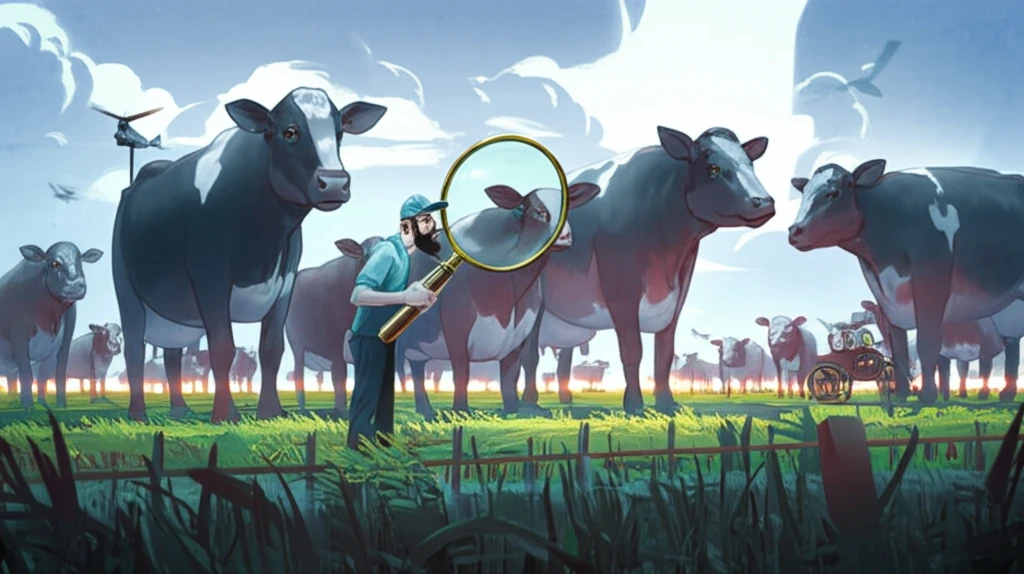
Growing Pains? How to Optimize Inventory with Imperfect Items and Livestock
"Tired of inventory models that don't reflect real life? Discover a new approach to manage growing items like livestock with imperfect quality and boost your bottom line."
Traditional inventory management models often fall short when applied to industries dealing with growing items, like livestock. These models typically assume static inventory and perfect quality, failing to capture the dynamic nature of biological growth and the inevitable presence of variations in quality. The classic Economic Order Quantity (EOQ) model, while foundational, needs adaptation to address these complexities.
Imagine managing a livestock farm. Newborn animals are ordered, nurtured, and grow over time, but not all reach the desired quality. Some may be healthier, gain weight faster, or meet market standards better than others. This inherent variability challenges conventional inventory strategies, demanding a more nuanced approach.
This article explores an enhanced inventory model designed specifically for growing items with quality variations. It will help you understand how to optimize inventory levels, manage costs, and maximize profit when dealing with the dual challenges of biological growth and imperfect quality. Prepare to discover actionable strategies that can transform your inventory management from a guessing game into a science.
What Factors Should You Consider When Managing Growing Inventory?

Managing growing inventory requires a more sophisticated approach that considers several key factors. Unlike static items, growing inventory changes in quantity and quality over time, introducing complexities that standard models overlook.
- Growth Rate: Understanding the growth patterns of your items is crucial. Is the growth linear, exponential, or logistic? Different growth curves impact how you forecast inventory levels and plan replenishment cycles.
- Quality Variation: Acknowledge that not all items will meet the desired quality standards. Implement screening processes to identify and separate high and low-quality items, and adjust your inventory strategy accordingly.
- Feeding Costs: For livestock, feeding costs represent a significant portion of the total cost. Optimize feeding strategies to balance growth and cost-effectiveness.
- Holding Costs: Consider the costs associated with storing and maintaining your inventory. These costs can vary depending on the item's size, weight, and storage requirements.
- Demand: Accurately forecasting demand is essential to avoid shortages or overstocking. Account for seasonal variations and market trends.
Future of Inventory for Growing Items
This enhanced inventory model offers a practical solution for managing growing items with quality variations. By considering factors like growth rate, quality, and costs, businesses can optimize their inventory strategies and maximize profitability. Future research could explore incorporating more advanced factors such as time-sensitive inflation, trade credit, and fluctuating demand to create even more accurate models.
